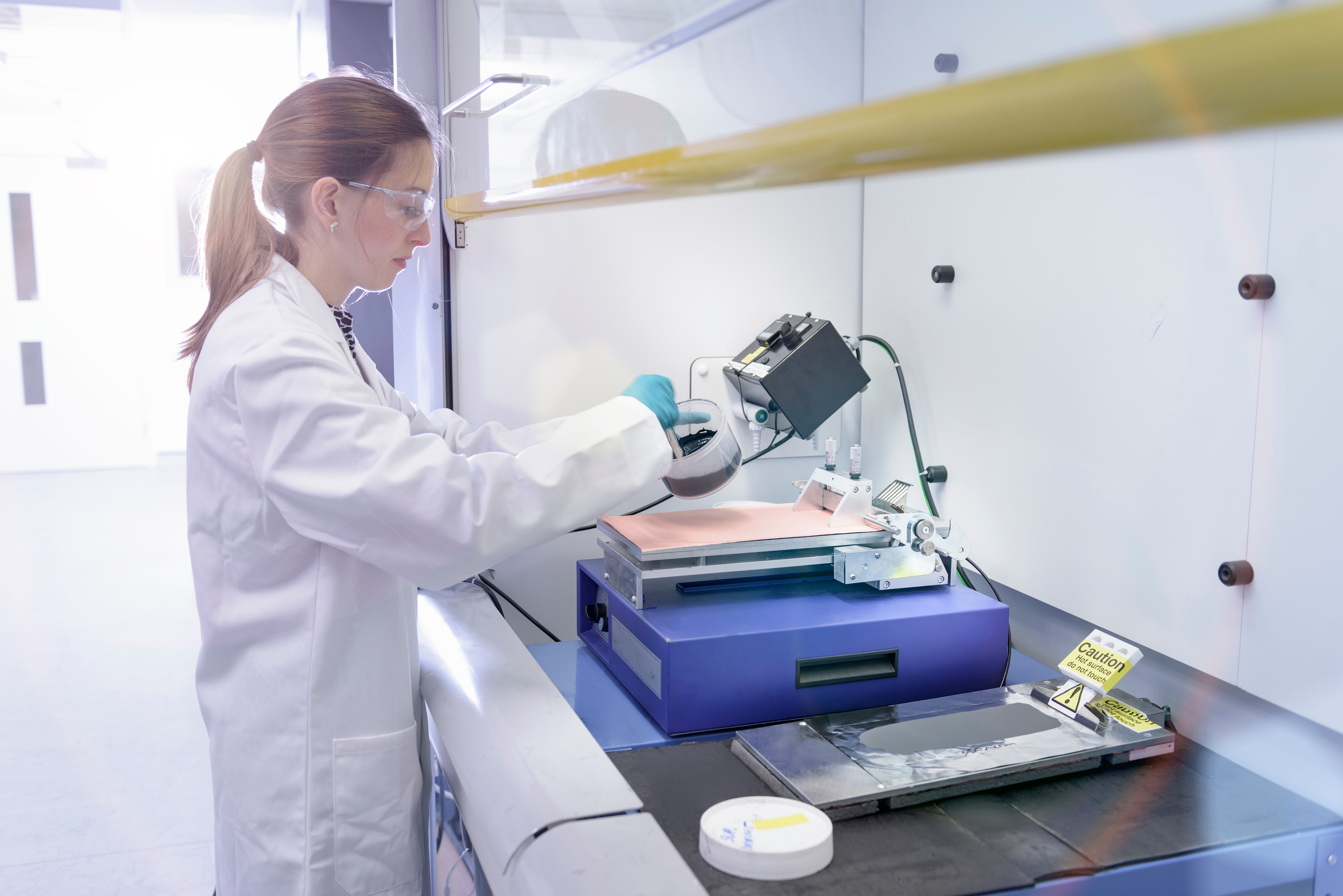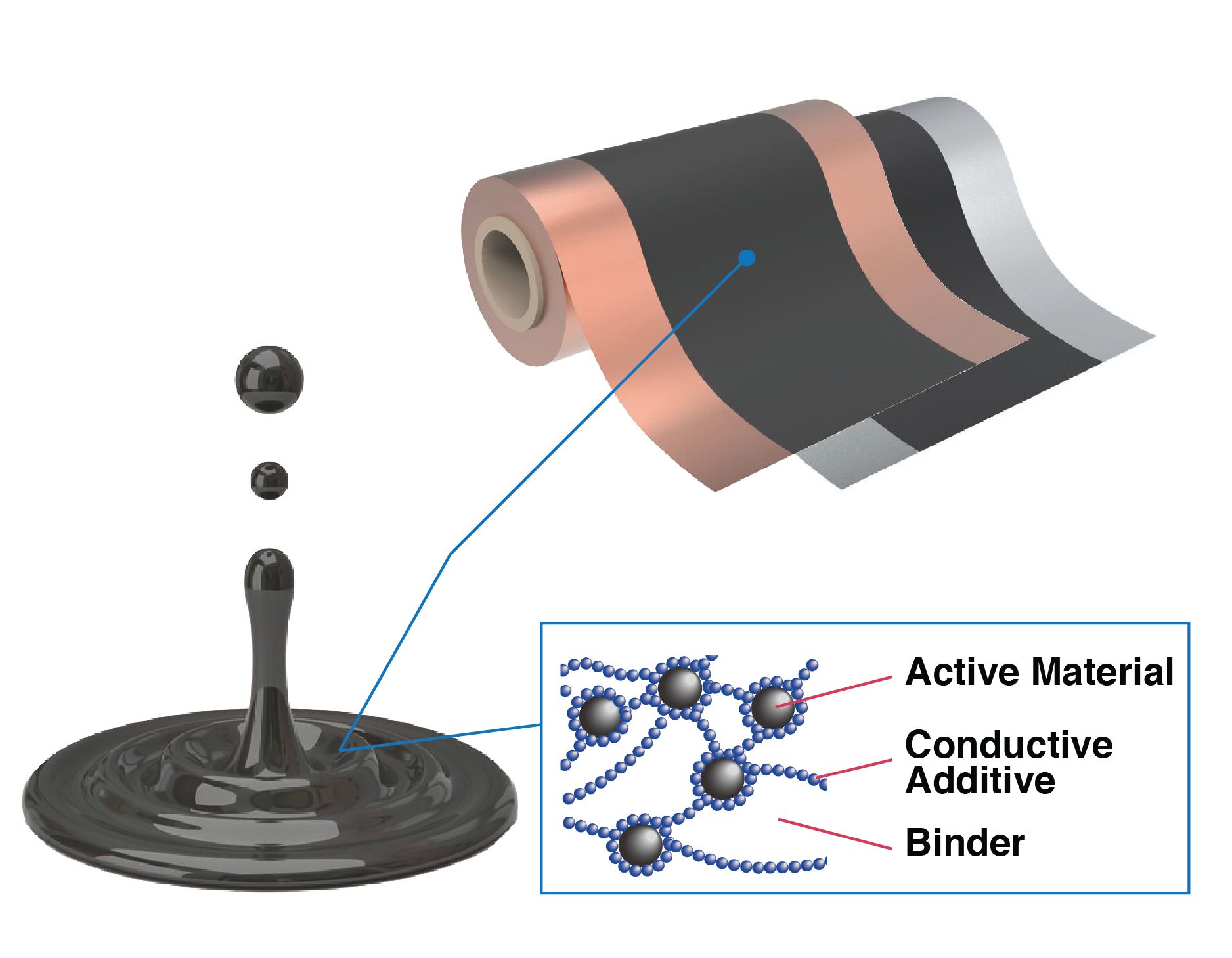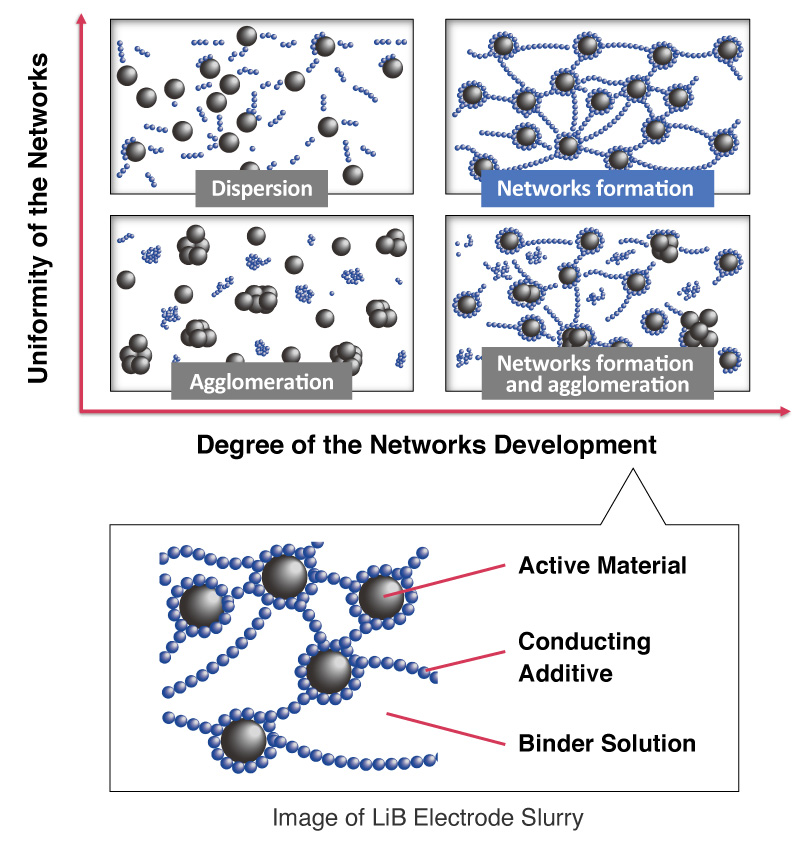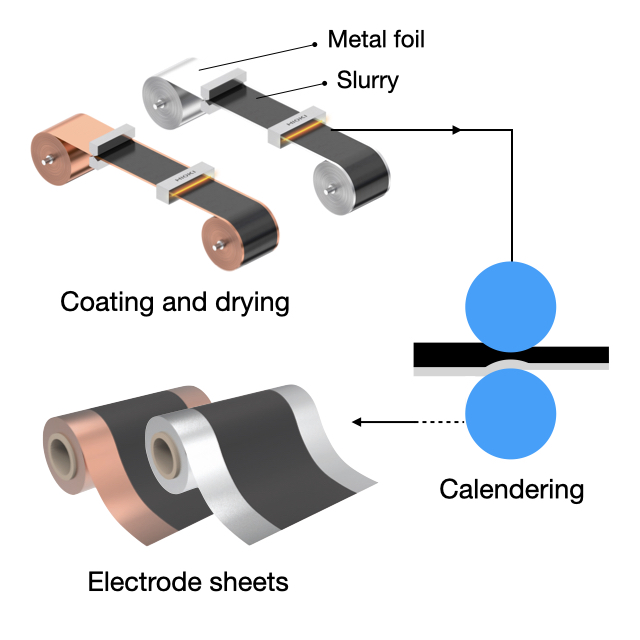News Mar. 27, 2024
Powering the Future: Breakthrough in Lithium-Ion Battery
Updates : Mar. 27, 2024
Powering the Future: Breakthrough in Lithium-Ion Battery Material Testing

Discover how advances in battery material testing can elevate the performance and safety of lithium-ion batteries, paving the way for a more efficient and reliable energy future.
Batteries are the backbone of modern technology, providing vital energy storage solutions for renewable energy systems, electric vehicles (EVs), and emergency backup power. Their role in smoothing power variations, propelling our cars, and ensuring continuous operation during outages cannot be understated. Achieving optimal battery performance requires precision engineering and rigorous testing tailored to each unique application.
Slurry Analysis: Unlocking Performance Secret
As described in this link [What is the Electrode Slurry of a Lithium-ion Battery ?], the heart of any battery lies in its slurry—a sophisticated mix of active materials, conductive additives, binders, and potential dispersants to enhance material dispersion. Our Slurry Analytical System takes testing to the next level with advanced Electrical Impedance Spectroscopy (EIS). It conducts a detailed analysis of electrical properties to perfect the blend of capacity and conductivity crucial for high-power applications.

Discover the exact balance between rheological performance and electrical performance for easy slurry handling for electrode sheet fabrication while ensuring peak performance. By monitoring key indicators such as DCR, Rratio, and Uniformity, the Slurry Analytical System provides invaluable insights into the state of your slurry, enabling you to fine-tune formulations and mixing processes for the highest quality output. See case studies.
Details about slurry analysis using the Slurry Analytical System [How to Analyze Equivalent Circuit], [How to Calculate DCR, Rratio, and Uniformity]

Electrode Sheet Analysis: Ensuring Uniform Excellence
Following slurry preparation processes, the fabrication of electrode sheets involves the meticulous application of the slurry onto conductive substrates like copper or aluminum foils, followed by methods of drying and calendaring. Uniformity across these electrode sheets is crucial for ensuring the highest quality of lithium-ion batteries, as outlined in the article, What are the Electrode Sheets that Greatly Affect the Quality of Lithium-ion Batteries? It's essential within the production phase to minimize any resistance discrepancies within the coating or composite layer and the junction or interface between the slurry and the foil. Doing so is critical in avoiding "hot spots" during the charge and discharge cycles. Achieving lower resistance at these contacts/interfaces directly reduces the overall internal resistance of the complete battery cell, a parameter of utmost importance for high-power applications such as electric vehicles (EVs).

Previously, the electrical characteristics of electrode sheets were assessed using traditional methods like in-plane or through-plane resistance measurements with the 4-point probe technique or weight electrodes. However, these approaches primarily offered insight into the electrode sheet's overall resistivity without independently distinguishing the composite layer's resistivity values and the interface resistance. The RM2610 Electrode Resistance Measurement System transcends these limitations by precisely quantifying the resistivity of the composite layer and interface resistance through an innovative approach known as inverse problem analysis. This method involves a detailed process of curve fitting between the voltage distribution measured by a 46-pin test fixture and the distribution predicted using the Finite Volume Model (FVM). By visualizing the specific resistivities of both the composite layer and the interface resistance, the system allows for a more nuanced analysis, revealing how changes in formulation or production processes impact performance. See case studies.
Details about electrode sheet analysis using the RM2610

Are you ready to see these cutting-edge systems and explore how they can transform your battery research and development?

Request a Demo of Our Advanced Testing Systems
With these unparalleled evaluation tools, step into a realm where efficiency, safety, and innovation drive the next generation of lithium-ion batteries. Join us as we power the future together.
Power. Precision. Performance. Experience it firsthand with our advanced battery material testing technology.
